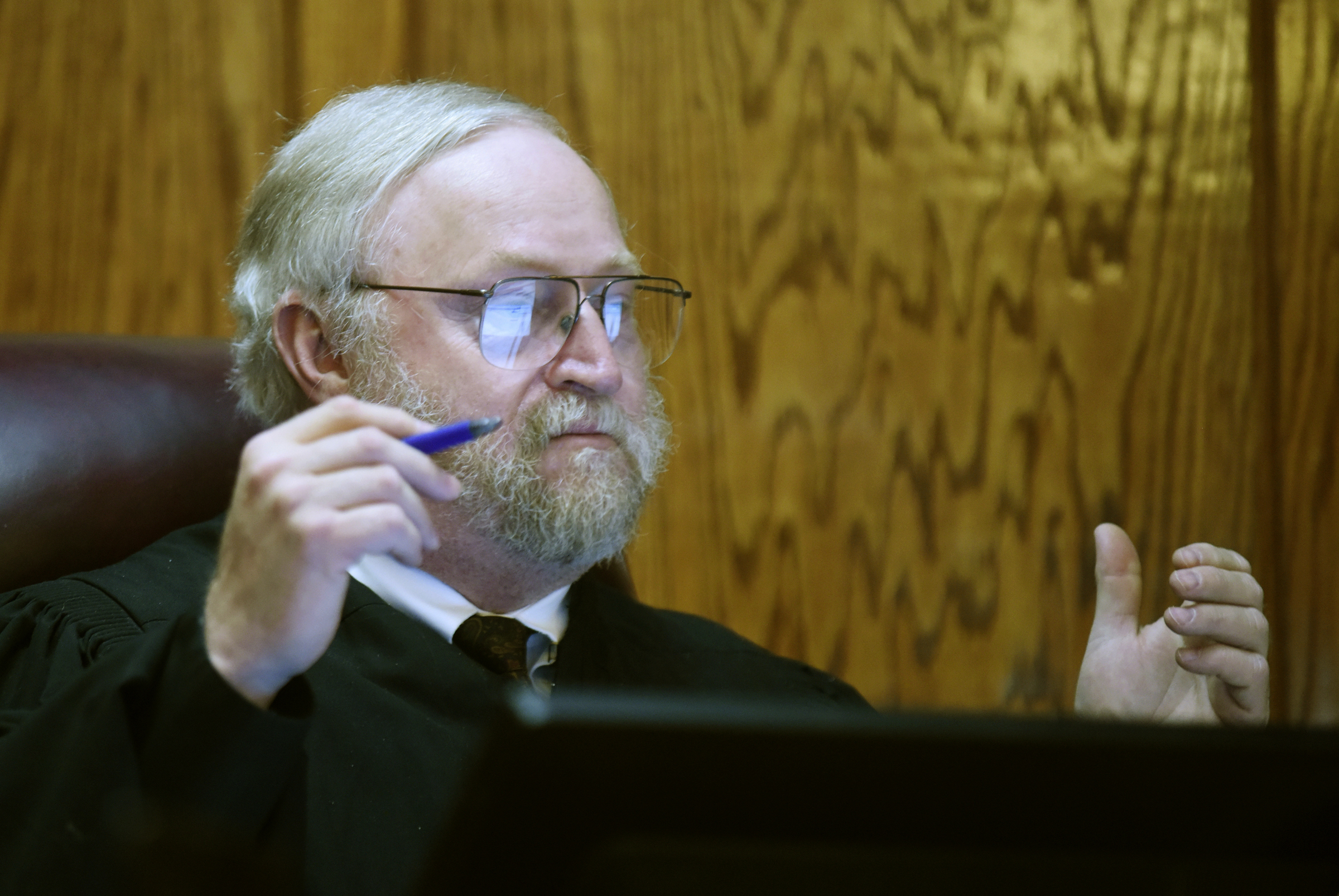More than 3 million people will attend the Macy's Thanksgiving Day Parade in New York this year as it winds its way along its 2½-mile route down Central Park West and Sixth Avenue to Herald Square, ending in front of the Macy's flagship store. Twenty million more Americans will watch the parade on TV, along with this year's 11 marching bands, 34 fabulous floats and 22 big balloons soaring over the city streets.
How those big balloons came to be is a classic American story of commerce and creativity coming together to create a great American tradition.
Tony Sarg, known as "America's Puppet Master," was born in Guatemala in 1880 to a German father, who served his nation as a diplomat, and a British mother, who raised him. When Sarg was 7, his family moved back to Germany, where he inherited a number of toys from his grandmother, who was also an artist, and this sparked a lifelong passion.
"As a child, he loved playing with her marionettes and mechanical toys and had a fascination with how things worked and were put together. He had a mechanical mind but also an artistic mind, and he blended the right and left brain—the very technical and the very creative," Deborah Sorensen, curator of exhibitions at the Nantucket Historical Association, told the nationally syndicated radio show and podcast Our American Stories. (The association's exhibition "Tony Sarg: Genius at Play" is the first comprehensive exhibition exploring his life.)
In Germany, Sarg was commissioned as a lieutenant in the nation's army, but whenever he got the chance, he would grab a pencil and paper and sketch. "He was always sketching and was self-taught, and people are always surprised when they come through the exhibition because the quality of his work, even as a child, was skillful and sophisticated," Sorensen said.
After he resigned his military commission, Sarg moved to London to pursue his career as a professional artist. "It was really the golden age of commercial illustration. You had artists working, sketching, visiting theater productions, which is something that Sarg did best," Sorenson said.
What turned Sarg's life around was a visit to a single performance by Thomas Holden and his marionettes. Sarg was mesmerized, and the experience revived his childhood fascination with puppets. In the ensuing months and years, he approached the best local marionette artists to learn their trade secrets, only to be rebuffed again and again.
His response was one that entrepreneurs share: He wouldn't take no for an answer. He attended as many shows as he could to figure things out for himself, returning to his studio to experiment and create—all of which led to an innovation that changed the arc of Sarg's career.
"He invented a new controller that could hold up to 24 strings," Sorensen explained. "Prior to that, you might have one controller that had just a few strings on either side, with limited range of movement. His innovation was to have more points of contact, more ability for more subtle movements. And that controller is something that's still used today."
In 1915, Sarg moved to New York City, settled in Greenwich Village (then a bohemian arts district) and established his studio in the Flatiron Building. He brought people into his studio, put on impromptu marionette performances and delighted all sorts of publishers and newspapermen (a number of publications were headquartered in the Flatiron at the time). As a result of all this activity, a theatrical producer invested in the Tony Sarg Marionettes company.
"Sarg performed in theaters in the city and eventually made his way to Broadway, receiving incredible press for the tricks he put onstage," Sorensen said. "Marionettes that smoke, juggle, play piano, spin on stools—really remarkable feats that people couldn't figure out and that were humorous and original."

In a short time, Sarg's marionettes were touring the country to great fanfare, and he became a national brand, extending to short films and animated cartoons.
"He was Walt Disney before there was a Walt Disney," Sorensen said.
Sarg's artistic, entrepreneurial and promotional talents reached their peak when he did something puppet masters that preceded him refused to do: He shared his trade secrets in a bestselling book, revealing techniques and tricks of the trade about the marionettes people across the country had come to know and love.
"Instead of it being a limiting factor or keeping people from coming out, they were more interested and intrigued than ever," Sorensen said. "He was a very savvy businessman and a believer in spreading his knowledge, and by 1923 it's not terribly surprising that the R.H. Macy Company would approach him to design mechanical puppets for their display windows."
This was a big deal for Sarg's burgeoning brand because Macy's had just been built. And it wasn't just New York City's largest department store but the world's. "They have all of this window real estate, and they go to the master showman himself to create displays," Sorensen said. Sarg would create a fantasy-like environment with his displays, filling them with mechanical puppets in creative settings built on revolving platforms, once again creating magic in the service of commerce.
The following year, Macy's inaugurated its first parade, the goal of which was to lead folks to the display windows at the beginning of peak shopping season and then into the store. The parade included real-life animals from the Central Park Zoo that parade watchers couldn't see and that didn't behave as planned.
By 1927, Sarg would solve that problem, creating his very first balloon characters, this time held up high by poles so all could see. "So they're inflated rubber figures but they are not helium-filled yet. They're not floating on ropes and strings yet. They're just sort of heavy, and they're being carried," Sorensen said.
Which only propelled Sarg the following year to produce larger, better, helium-filled balloons. And this time using rubberized silk, thanks to a partnership Sarg formed with the Goodyear Tire & Rubber Co., which was designing zeppelins at the time.
"It's kind of crazy to think about those early years of the Macy's Parade and Sarg's involvement," Sorensen explained. "He was very much the celebrity at the helm of creating these spectacles and led them for the rest of his life. He was involved in designing all the balloons, and one of his colleagues, a puppeteer named Bil Baird, would later be known for The Sound of Music's 'Lonely Goatherd' marionette scene."
But perhaps Sarg's greatest contribution to the world was a technical one having to do with how those floating balloons worked. Rather than being controlled from the top down, Sarg's balloons—his floating giant puppets—were controlled from the ground up. Thus was Sarg credited with creating the world's first upside-down marionettes.
"When you see them in motion, there's something really magical about them, just like he had done with marionettes," Sorensen said. And magical it still is, as Sarg's upside-down floating puppet balloons continue to thrill millions across the country, young and old, to this day.
Sarg died in 1942 from complications from a ruptured appendix. He never got to see the worldwide acclaim—and joy—spread by his creations thanks to the miracle of broadcast TV.
This year, six new Sarg-inspired balloons will be on display at the 98th Macy's Thanksgiving Day Parade: a 60-foot Minnie Mouse to join Mickey, Spider-Man, Gabby (from Gabby's Dollhouse) Goku (from Dragon Ball), Marshall (from Paw Patrol) and Elf on the Shelf's Noorah.
Tony Sarg would surely have been delighted.



















 English (US) ·
English (US) ·